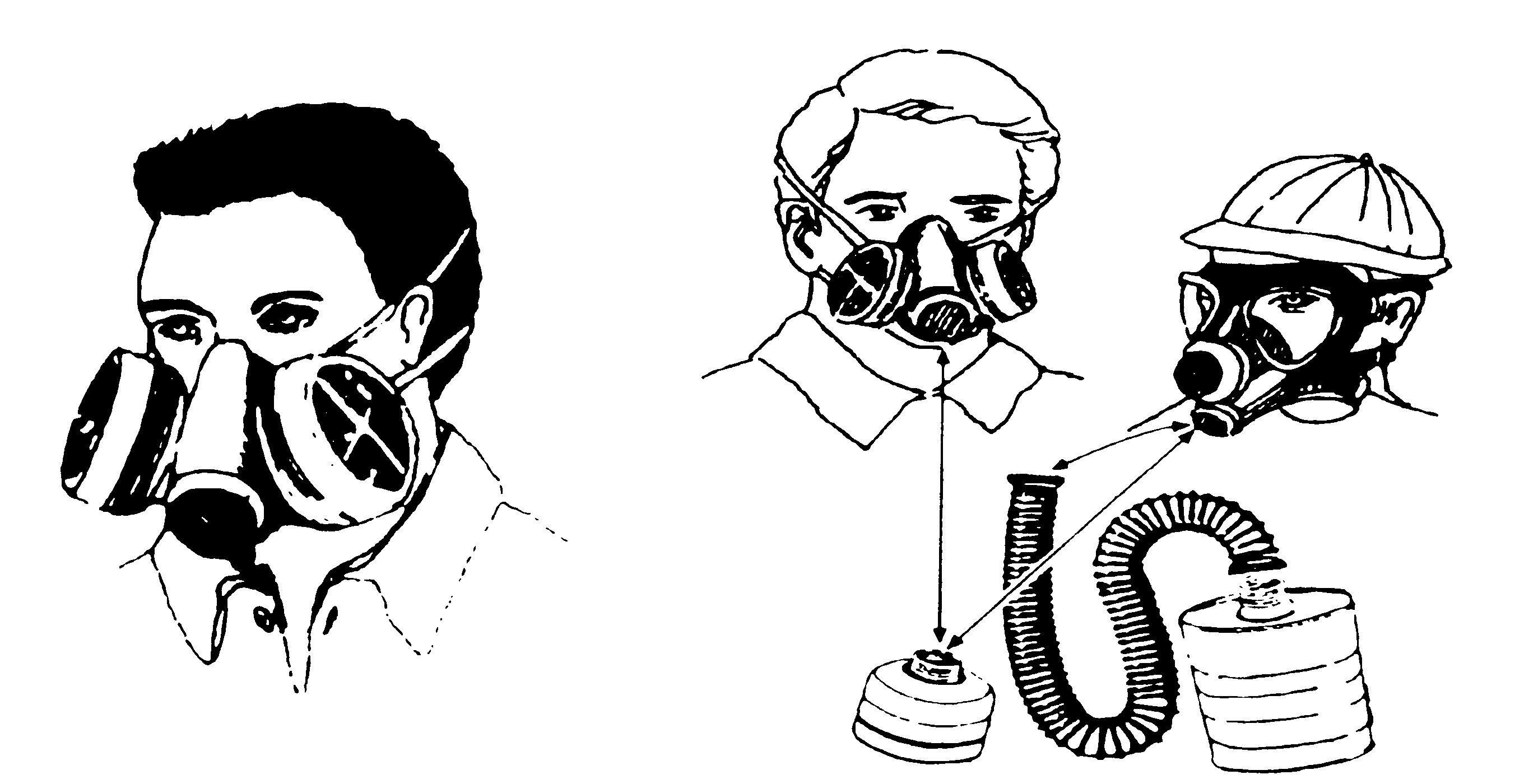
Eye Protection
A number of different types of protective eye guards are available. They range from standard clear lenses to UV protective lenses. When wearing eyeglasses ensure that they fit the activity you need them for. There are 6 main classes of protective eye guards.
- Safety Spectacles with side-shields
- Goggles with a rigid body and padded
- Goggles with a flexible fit and regular ventilation window
- Face Shield (plastic window)
- Goggles with a flexible fit and hooded ventilation
- Chipping Goggles (eye cup type)
The table below indicates which types of eye shields should be used for the different activities.
|
HAZARD |
EYESHIELD |
|
IMPACT from flying objects, fragments and particles |
1, 2, 3, 4, 5, 6 |
|
HEAT and hot sparks |
1, 2, 3, 4, 5, 6 |
|
HEAT only high temperature |
5 |
|
CHEMICAL splash |
3, 4, 5 |
|
CHEMICAL mists and fog |
4 |
|
DUST |
3, 4, 6 |
Chemical Splash shields are required when using:
- Concentrated acids or bases.
- Corrosive gases.
- Potentially explosive or water-reactive chemicals.
- Acutely toxic chemicals (liquid or powder).
- If 25 ml or more of hazardous liquid chemicals are used.
Gloves
The correct gloves should be worn (depending on the chemical with which you are working). Gloves should be selected based on the chemical resistance of the material that it is manufactured from. The table below indicates the chemical resistance of different materials.
|
MATERIAL |
CHEMICAL RESISTANCE |
|
Natural Rubber |
acids, alkaline, salts & ketones |
|
Neoprene |
chlorinated solvents, alcohol, alkaline and petroleum products |
|
Nitrile (generally better than natural rubber and neoprene) |
chlorinated solvents, alcohol, alkaline and petroleum products |
|
Butyl Rubber (best for gasses) |
acids, ketones and esters |
|
Viton (best for solvents) |
solvents, PCB and aniline |
|
Polyvinyl Chloride |
acids, alkalis, fats and alcohols |
Clothing
The purpose of protective clothing is to prevent contamination of the skin and to prevent contaminants from leaving the working area. Coats and aprons should be worn for light protection, as these will not cover the whole body. Specialized protective clothing must be worn when necessary. Use coveralls when applying a chemical with a sprayer. When using a fogger or ULV type applicator, you must wear a disposable overall with the correct grading subscribed for a specific activity.
Respiratory Protection
Respiratory protection is essential when mixing a solvent and dilutions. If you apply a pesticide or hazardous disinfectants, wear respiratory protection and not a facemask. Facemasks (dust masks) only prevent dust from entering the respiratory canals. If you work with toxic and hazardous chemicals you should wear a respirator fitted with a good cartridge. In general, the best cartridges to fit are the agricultural grade cartridges.
